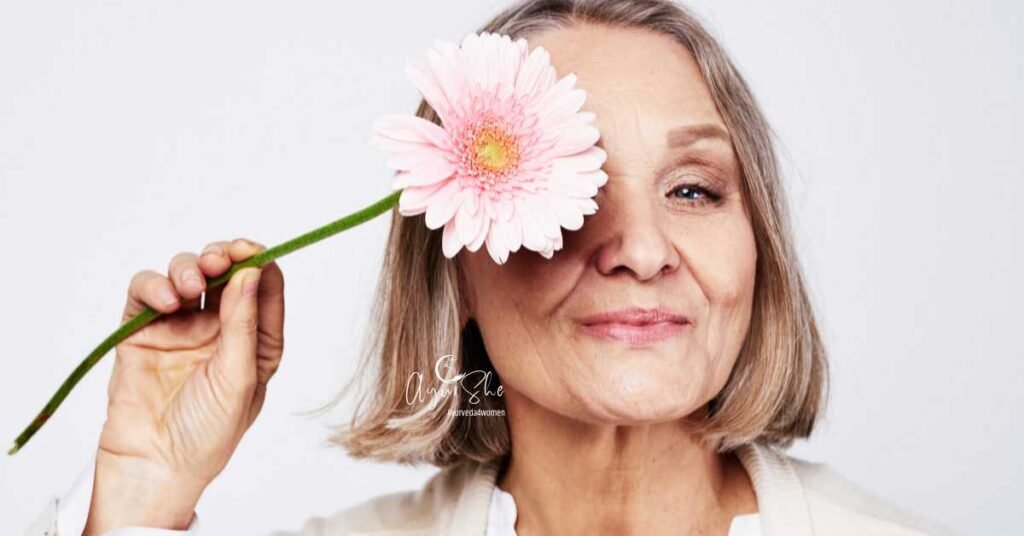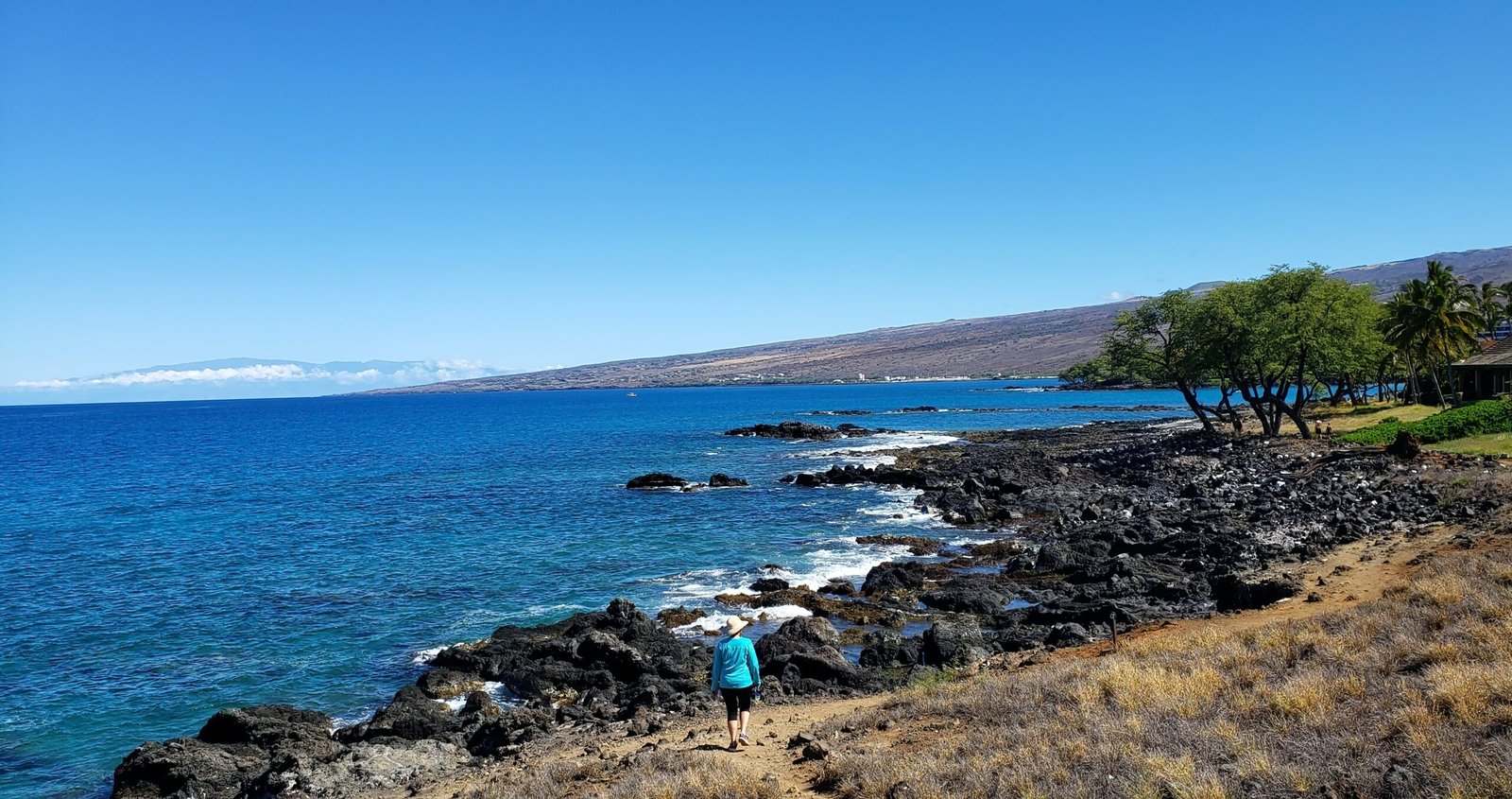Introduction
Menopause is a natural transition in a woman’s life, typically occurring between ages 45–55, marked by the permanent cessation of menstruation. While this phase symbolizes maturity and wisdom, it also brings significant physiological changes, particularly due to declining estrogen levels. Among the most serious health concerns is osteoporosis—a condition characterized by reduced bone density and increased fracture risk.
Globally, osteoporosis affects nearly 200 million women, with 1 in 3 postmenopausal women at risk of fractures. Modern medicine identifies estrogen deficiency, calcium imbalance, and sedentary lifestyle as key contributors. Ayurveda, however, offers a more holistic perspective, correlating post-menopausal osteoporosis with Asthi Dhatu Kshaya (bone tissue depletion) and Vata aggravation.
This article presents an in-depth review of osteoporosis in menopausal women, blending Ayurvedic principles with modern biomedical insights, and offers integrative solutions for prevention and management.
I. Understanding Osteoporosis – Modern Science
🔎 What Is Osteoporosis?
Osteoporosis = “porous bones” → reduced bone mass, compromised microarchitecture, and increased fracture risk.
🧬 Causes in Post-Menopausal Women
- Estrogen deficiency → accelerates bone resorption
- Calcium and vitamin D deficiency
- Sedentary lifestyle → weak muscles and bones
- Genetic predisposition
- Smoking, alcohol, caffeine
- Medications (glucocorticoids, thyroid hormones)
📊 Signs & Symptoms
- Silent in early stages
- Back pain, stooped posture
- Loss of height
- Fragility fractures (hip, spine, wrist)
🩺 Diagnosis
- Bone Mineral Density (BMD) by DEXA scan
- T-score < -2.5 = osteoporosis
- Blood tests: calcium, vitamin D, thyroid, PTH
II. Osteoporosis in Ayurveda
📖 Classical Understanding
Ayurveda does not mention osteoporosis as a separate disease, but it can be understood through:
- Asthi Dhatu Kshaya – depletion of bone tissue
- Vata Vriddhi – excess dryness, brittleness, degeneration
- Jara Avastha (aging) – natural decline of dhatus
⚖️ Dosha Involvement
- Vata: Primary, causing brittleness and fragility
- Pitta: Secondary, leading to bone metabolism disturbance
- Kapha: Deficiency reduces stability and lubrication
🌀 Pathogenesis
- Weak Agni → poor assimilation of calcium and nutrients
- Asthivaha Srotas Dushti (blockage/weakness of bone channels)
- Loss of Ojas due to hormonal decline → reduced bone vitality
III. Correlation: Modern and Ayurvedic Views
| Modern Science | Ayurvedic Correlation |
|---|---|
| Estrogen deficiency | Loss of Ojas, Vata aggravation |
| Calcium/Vitamin D deficiency | Asthi Dhatu Kshaya |
| Bone resorption | Vata dominance, Dhatukshaya |
| Osteoporosis fractures | Asthi-bheda (bone fragility) |
| Age-related degeneration | Jara Avastha (aging) |
IV. Ayurvedic Management of Osteoporosis
Ayurveda emphasizes strengthening Asthi Dhatu, pacifying Vata, improving Agni, and rejuvenating Ojas.
🌿 1. Herbal Remedies
(With Dosage and How to Use)
| Herb | Benefits | Dosage & Use |
|---|---|---|
| Ashwagandha (Withania somnifera) | Adaptogen, strengthens bones & muscles | 3–5 g powder with milk at night |
| Shatavari (Asparagus racemosus) | Balances hormones, nourishes dhatus | 5 g powder with ghee/milk daily |
| Arjuna (Terminalia arjuna) | Rich in calcium, supports bone & cardiac health | 500 mg capsule twice daily |
| Asthi Shrinkhala (Cissus quadrangularis) | Promotes fracture healing & bone density | 500 mg capsule twice daily |
| Laksha (Laccifer lacca) | Strengthens bones | 1–2 g powder with milk daily |
| Guggulu (Commiphora mukul) | Anti-inflammatory, supports bone metabolism | Yogaraj Guggulu 500 mg twice daily |
🌿 2. Classical Formulations
- Pravala Bhasma (coral calcium) – 125 mg with ghee once daily
- Godanti Bhasma (calcium-rich gypsum) – 250 mg with honey, once daily
- Lakshadi Guggulu – for bone healing & osteoporosis, 1–2 tablets twice daily
- Dashamoola + Ashwagandha Kwatha – decoction for Vata balance
🍽️ 3. Diet (Ahara) for Bone Health
- Include:
- Warm milk with ghee or turmeric
- Green leafy vegetables (drumstick leaves, spinach)
- Nuts & seeds (sesame, almonds, flax)
- Legumes (mung dal, black gram)
- Calcium-rich foods: ragi, moringa, figs, dates
- Avoid:
- Excess tea, coffee, carbonated drinks
- Cold, dry, stale food
- Excess spicy/pungent items → aggravate Vata
🧘 4. Lifestyle (Vihara)
- Yoga Asanas:
- Tadasana (Mountain pose)
- Trikonasana (Triangle pose)
- Bhujangasana (Cobra pose)
- Shavasana for relaxation
- Pranayama:
- Anulom Vilom for balance
- Bhramari for stress relief
- Daily Practices:
- Abhyanga (oil massage) with sesame oil for Vata balance
- Morning sunlight for Vitamin D
- Regular walking & weight-bearing exercises
🧪 5. Rasayana Therapy
- Chyawanprash – strengthens immunity & Ojas (1 tsp daily)
- Amalaki Rasayana – enhances calcium absorption
- Brahma Rasayana – for aging & vitality
V. Modern Medical Management
- Calcium & Vitamin D supplements
- Bisphosphonates (alendronate, risedronate) – reduce bone resorption
- Selective Estrogen Receptor Modulators (SERMs)
- Hormone Replacement Therapy (HRT) (limited use due to risks)
- Teriparatide (PTH analog) for severe cases
VI. Integrative Approach
- Modern care provides immediate fracture prevention.
- Ayurveda strengthens digestion, improves absorption, and nourishes Asthi Dhatu for long-term results.
- Combined approach = reduced fracture risk + improved quality of life.
VII. Research Evidence
- Journal of Ethnopharmacology (2010): Cissus quadrangularis significantly improved bone healing.
- AYU Journal (2016): Ashwagandha & Arjuna increased bone mineral density in postmenopausal women.
- Modern studies confirm Yoga + Calcium supplementation improves bone health in aging women.
VIII. Serious Notes & Precautions
- Osteoporosis is often silent until fracture—DEXA scan is essential after menopause.
- Women with sudden back pain, loss of height, or hip pain should seek urgent care.
- Self-medication with bhasmas should only be under strict Ayurvedic supervision.
Conclusion
Osteoporosis is one of the most significant health challenges for menopausal women, silently eroding strength and increasing fracture risk. Ayurveda interprets it as Asthi Dhatu Kshaya due to Vata aggravation, offering holistic strategies to preserve bone health through herbs, diet, Rasayana, Yoga, and lifestyle corrections.
When integrated with modern approaches such as calcium, vitamin D, and medical monitoring, Ayurveda provides a sustainable, side-effect-free pathway for women to age gracefully with strong bones and radiant vitality.
Strong bones are not just a structural need—they symbolize stability, resilience, and inner balance, echoing Ayurveda’s timeless vision of holistic health.


